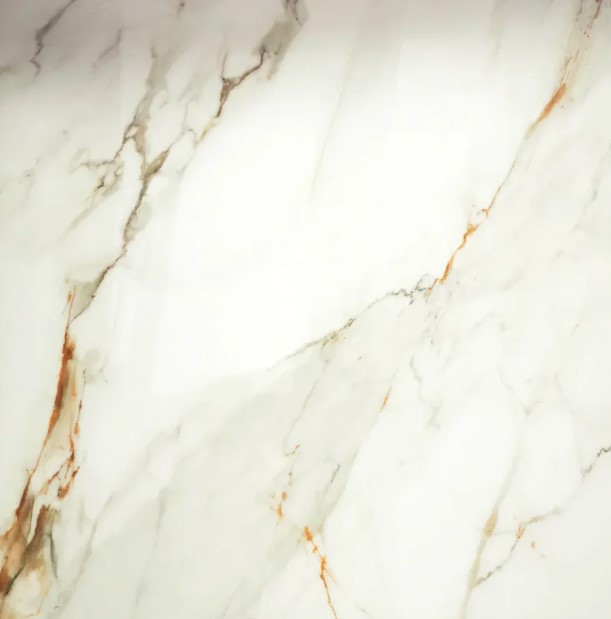Ceramic tiles have been a staple in homes and commercial spaces for centuries, valued for their durability, versatility, and aesthetic appeal. Whether you’re remodelling a kitchen, upgrading a bathroom, or installing flooring in a high-traffic area, ceramic tiles offer a practical and stylish solution.
In this article, we’ll explore what ceramic tiles are, their types, benefits, applications, and maintenance tips to help you understand why they remain a top choice for many.
What Are Ceramic Tiles?
Ceramic tiles are made from a mixture of natural clay, sand, and other minerals, shaped into thin squares or rectangles, and then fired at high temperatures in a kiln. This process hardens the tile, making it strong and resistant to wear.
Ceramic tiles come in two main categories:
- Glazed tiles: These have a glass-like coating that adds colour, texture, and protection. The glaze also makes them easier to clean and more stain-resistant.
- Unglazed tiles: These tiles lack a glaze, offering a more natural, matte finish that can be slip-resistant but may require sealing to prevent staining.
Types of Ceramic Tiles
Ceramic tiles vary in composition, finish, size, and application, making it important to choose the right type for your specific needs.
1. Standard Ceramic Tiles
These are suitable for walls, backsplashes, and light-traffic flooring. They’re often glazed and available in countless designs, colours, and patterns.
2. Porcelain Tiles
A subtype of ceramic, porcelain tiles are made from finer, denser clay and fired at higher temperatures. This makes them more durable, water-resistant, and suitable for heavy-traffic areas and even outdoor use.
3. Mosaic Tiles
Small-sized ceramic tiles are often mounted on sheets for easy installation. They’re popular for decorative wall features, backsplashes, and shower floors.
Benefits of Ceramic Tiles
Ceramic tiles offer a range of advantages that make them a favourite among homeowners and designers:
- Durability: Ceramic tiles resist scratches, dents, and moisture, making them suitable for bathrooms, kitchens, and entryways.
- Variety: Available in endless colours, sizes, patterns, and textures, ceramic tiles can match almost any design style.
- Affordability: Compared to natural stone or hardwood, ceramic tiles are often more affordable.
- Easy Maintenance: The glazed surface makes cleaning simple, requiring only regular sweeping and mopping.
- Allergen-Friendly: Ceramic tiles do not trap dust, pet dander, or pollen, promoting better indoor air quality.
- Heat Resistant: Ideal for use near fireplaces or in kitchens.
Where to Use Ceramic Tiles
Ceramic tiles are extremely versatile and can be used in many areas of your home:
- Kitchen floors and backsplashes: Durable and easy to clean, ceramic tiles are perfect for spaces prone to spills and stains.
- Bathroom floors and walls: Water resistance and easy cleaning make them ideal for bathrooms and showers.
- Entryways and mudrooms: Their durability withstands heavy foot traffic and dirt.
- Living spaces: Larger-format tiles in neutral tones can create sleek, modern looks.
- Outdoor patios: Unglazed or porcelain tiles designed for exterior use offer durability and weather resistance.
Choosing the Right Ceramic Tile
When selecting ceramic tiles, keep these factors in mind:
- Size and Shape: Tiles range from tiny mosaics to large-format slabs. Larger tiles create fewer grout lines and a modern look, while smaller tiles allow for intricate patterns.
- Finish: Glossy tiles reflect light but can be slippery; matte or textured finishes offer better traction.
- PEI Rating: This rating measures tile hardness and durability. For floors, aim for PEI 3 or higher, depending on traffic; walls can have a lower rating.
- Water Absorption: Porcelain tiles have very low water absorption, ideal for wet areas.
- Colour and Pattern: Consider coordinating tiles with your overall décor. Patterns and colours can dramatically change the room’s ambience.
Installation Tips
Proper installation is key to the longevity and performance of ceramic tiles:
- Subfloor Preparation: The surface must be clean, level, and stable.
- Layout Planning: Dry-lay tiles first to plan patterns and minimise cuts.
- Use Quality Adhesives and Grout: Match the adhesive and grout to the tile type and location (e.g., waterproof grout for bathrooms).
- Professional Installation: While DIY is possible, professional installers ensure a precise, durable finish.
Maintenance and Care
Ceramic tiles are low-maintenance but benefit from some routine care:
- Sweep or vacuum regularly to remove dirt and debris.
- Mop with a pH-neutral cleaner designed for tile floors.
- Avoid abrasive cleaners that can dull the glaze.
- Seal grout lines periodically to prevent stains and mould.
- Wipe spills immediately to prevent discolouration.
Environmental Impact
Ceramic tiles are made from natural materials and can be recycled or repurposed. Many manufacturers also adhere to sustainable practices, using eco-friendly processes and recycled content.
Final Thoughts
Ceramic tiles offer a winning combination of beauty, durability, and practicality for many home applications. Their vast design options allow you to personalise any space, while their resilience ensures your investment will stand the test of time.
Whether you’re renovating your kitchen, bathroom, or outdoor patio, ceramic tiles provide a reliable and attractive surface that’s easy to maintain and environmentally friendly.
With proper selection, installation, and care, ceramic tiles can transform your space and enhance your home for years to come.

